Porcelain mushroom growing high up in a tree © Louis P Creative

September 2023
www.themudefordmag.co.uk
2003 2023





Porcelain mushroom growing high up in a tree © Louis P Creative

September 2023
www.themudefordmag.co.uk
2003 2023




Firstly, we would like to thank everyone for their support with our first and second issues of our new range of publications.
We are now speeding through the next editions because the months are flying by. But as local community magazine publishers, we are used to the fast pace of deadlines and the way they gobble up the calendar.
Our office is based in Ferndown and being local, we are firm supporters of all our surrounding communities, having served them for over 20 years with Dorset View and Viewpoint, which are still going strong.
As you can imagine all our magazines, including The Mudeford Mag, The Bulletin and BH Six & Seven are extremely popular and though we are doing our best to include as many submissions as possible, there are, of course, those who will be disappointed.
On the bright side, we do publish our full range of magazines every month, so there is always another chance to get something into print.
Ben Pulford, managing directorliability to any party for loss or damage caused by errors or omissions resulting from negligence, accident or any other cause.

Dating back to the time of William the Conqueror, the right of commoners to release their porkers in the New Forest to gobble up acorns, chestnuts and beech mast is thought to be unique in the UK. It is called pannage or ‘Common of Mast’.
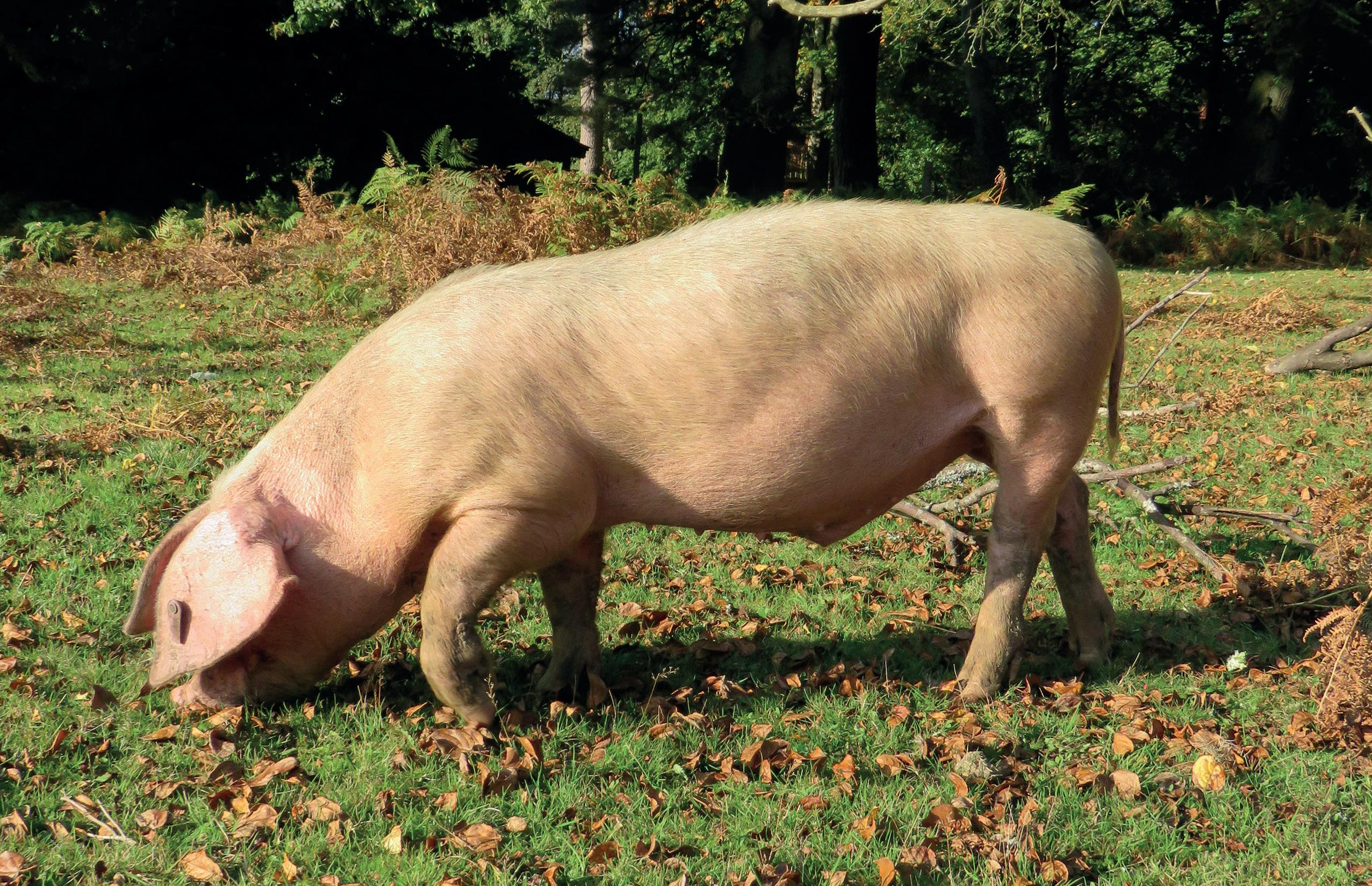
In the autumn the glut of acorns on the forest floor can be harmful to ponies, but by allowing pigs to forage freely, this problem is overcome. Pigs love acorns and if you come across a group of swine you can watch them rooting around the oak trees and hear them crunching acorns greedily.
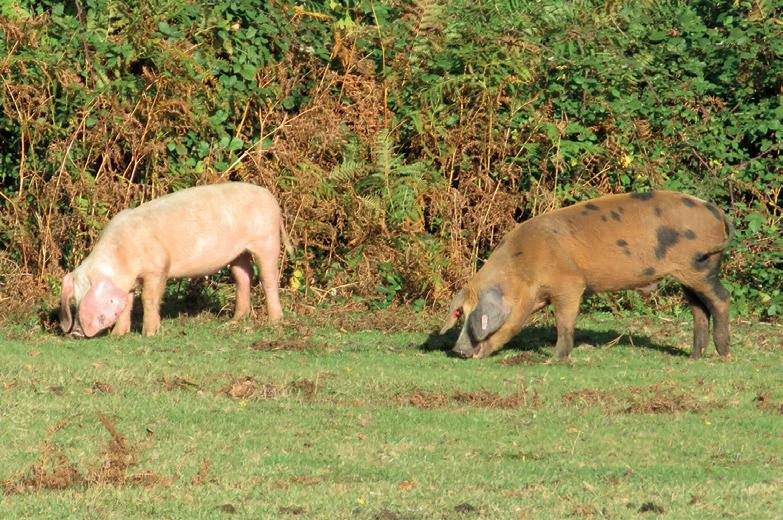
The Court of Verderers sets the pannage dates and these vary each season. They usually start in September and last for 60 days. If you visit the New Forest during pannage season, your chances of seeing a bunch of trotters is quite high. Some may have piglets so do not approach, touch or feed the pigs, no matter how friendly they look –they can bite. Also keep your dog on a lead and firmly under control.
The pigs, which are various breeds, will go home at night to their owners and are let out again the following day.
Don’t be too disgruntled if you visit the forest and don’t see any pigs. Here’s a tip: visit The High Corner Inn area, which is where these pigs were photographed in 2022 and they were indeed hogging the acorns.
Pannage pork is said to have a distinctive and earthy flavour and produce some of the world’s best ham.





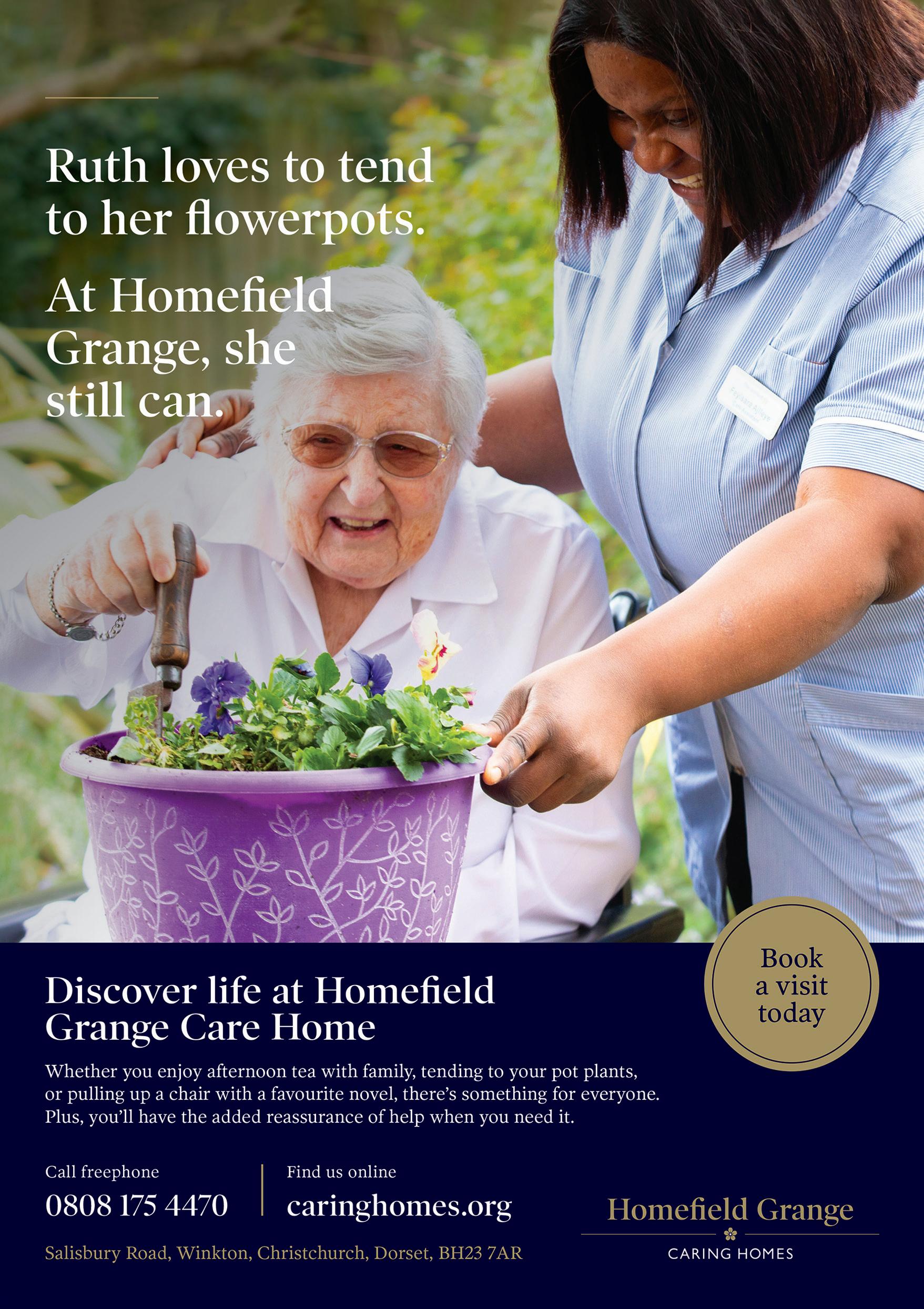

Every letter of the alphabet has been replaced by a number.
All you have to do is decide which letter is represented by which number.

To start you off we reveal the code for 3 letters.

Solutions on page xxii
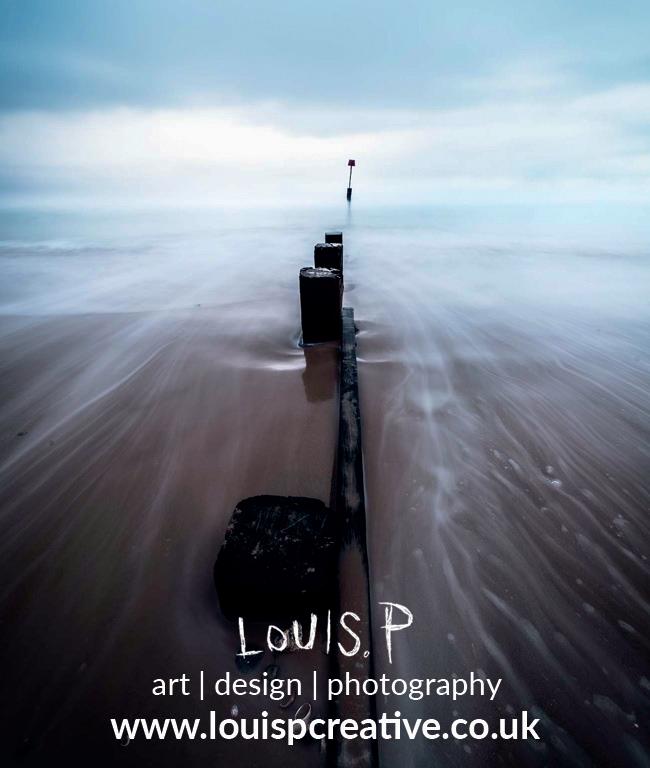 sponosred by Louis P Creative
sponosred by Louis P Creative

THE REGENT CENTRE IS DELIGHTED TO OFFER TWO TICKETS TO SEE ONE NIGHT OF ELVIS, WITH EUROPE’S MOST SUCCESSFUL ELVIS PRESLEY TRIBUTE ARTIST, LEE MEMPHIS KING

In this latest production, Lee Memphis King celebrates Elvis Presley at his peak during the iconic ‘Vegas Years’ from 1969-1977.
Resplendent in the most authentic costumes from Elvis’s performance and with a backing orchestra of world class musicians, prepare to be taken back in time to see Elvis in the way it was.



One Night of Elvis – Lee Memphis King at the Regent Centre on 6 October at 7.30pm.

To enter the competition for your chance to win a pair of tickets simply find Sammy Seagull who is hidden somewhere inside this month’s magazine (excluding this page). Email the page number where he appears and your contact details to competition@themudefordmag.co.uk
Closing date is Thursday 21 September. Good luck.
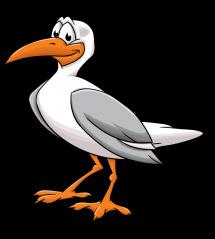

Conflicts may arise because of personal differences in values, motivations, perceptions, ideas or desires. At the root of conflict is often an unfulfilled personal need such as:
• Need to feel secure/safe.
• Need to feel valued/ respected.
• Need for closeness/intimacy.
• Need for privacy.
• Some of these differences are due to the gender differences between men and women whilst others are due to our upbringing, life experiences, culture, values, and beliefs.
A conflict is a situation in which one or both parties perceive (this perception may not be an objective view of the facts) a threat to their wellbeing and survival. Conflict triggers strong emotions so, to resolve it in a constructive way, you must be able to recognise and control these emotions. In a conflict situation, the needs of both parties need to be respected and considered. Fear of conflict due to previous painful experiences from early childhood or unhealthy relationships may lead to, either unhealthy avoidance of
conflict, or entering a conflict situation with heightened emotion resulting in unhealthy outcomes: either ‘blowing up’ or ‘shutting down’.
• Enhance our emotional intelligence and learn to control our emotions and behaviour.
• Really listen to the other person’s point of view and empathise (‘step into their shoes’).
• Be ready to forgive – do not hold on to resentment and anger and sulk or seek to punish.
• Seek compromise by negotiation.
• Embrace conflict and do not try and constantly avoid it.
• Focus on the present conflict, not past resentments.
• Know when to – ‘agree to disagree’.
Know how to manage stress in order to be able to stay balanced and able to use logic and reasoning. When stressed we cannot read the body language of others, nor hear what they are really saying, we cannot be in touch with our own feelings
or accurately communicate our own needs. We become irrational and blinkered and unable to compromise. Understanding the five love languages: physical touch, words of affirmation, quality time, acts of service and gift giving, also aids harmony. We all have different ways/ languages to express our love for another. We need to learn our partner’s language to enable us to communicate and recognise their acts of love and, in turn, attend to them in a way that they understand otherwise we may be left feeling unloved and unappreciated.
With artificial intelligence, social media and the pace of modern living plus the fallout from Covid and the stressful situation of lockdown, conflict within families is common and we need to stop, and remember to make allowances, communicate meaningfully, manage our emotions, and most of all BE KIND TO OURSELVES AND THOSE WE LOVE.
Dr Armorel Wood mBACP, accred NCS Private Professional Counsellor07765 915211
woodarmorel@gmail.com
Conflict is a normal part of any relationship and is best resolved in a healthy way rather than being feared or ignored. Resolving conflicts in a constructive way will encourage relationships to grow and strengthen, whereas, mismanaging conflict can have damaging, long lasting effects.




Christchurch’s 19 blue plaques - which trace the town’s origins back to Saxon times - have been lovingly restored.
Founded by the Christchurch History Society and community members in 2000, the Blue Plaque Millennium Trail was designed to help visitors and residents discover more about the market town’s history and the people who helped shape the town. These include 19th century MPs, former mayors, Victorian artists, Georgian watch chain makers, church wardens, mercers and Lords of the Manor.
BCP Council, working with signage experts and the Christchurch History Society, has been refurbished the plaques which are located throughout Christchurch.
The restoration work was carried out by Complete Signs. Each plaque was carefully removed from its site, often a listed building, and then restored and repainted to its original striking condition. They are now all back in place on the original Blue Plaque Millennium Trail.
On the wall of the current Waitrose building
the discovery of a Saxon Cemetery is noted while the original Town Hall was constructed at Saxon Square in 1860.
Ye Olde George Inn (previously known as The George Inn and The George and Dragon) has its own plaque, noting its existence since 1630 while Number 11 Castle Street is the site of The Old Court House dating back to the 13th Century. It was owned by the medieval borough and is now managed by the modern day BCP Council.
The newly revived Blue Plaques can also be found on the ancient Place Mill at Christchurch Quay, on the grounds of the 11th century Priory and at The Red House Museum (formerly the parish workhouse) and on iconic building, The Regent.
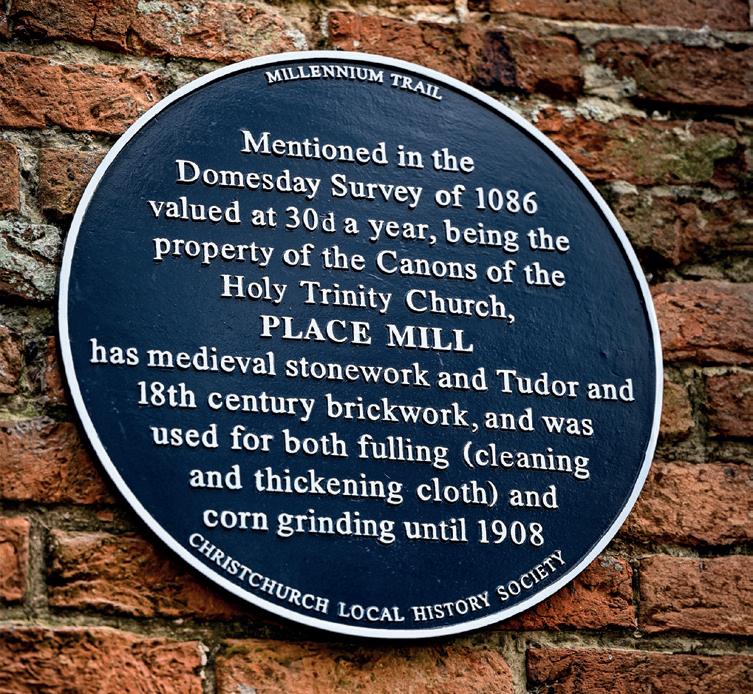
The trail can be enjoyed in its entirety or in shorter walks. A popular route takes in sites around the historic quarter of The Priory including Church and Castle Streets and down Convent Walk, opened in June 1911 to commemorate the coronation of King George V and Queen Mary.
Janet Burn, Archivist at The Christchurch History Society said: “The Blue Plaques are a great asset to the town of Christchurch depicting the incredible history we have while underlining the need to preserve this valuable information in as many ways we can for future generations.”
Other interesting Walking Trails in Christchurch include the Step back in Time photographic trail and the Christchurch BID managed trails on the Loyal Free App, which also includes great deals at local businesses.
More cultural trails are currently in the planning and are due to be released later this year. These will showcase the Blue Plaque Millennium Trail and other cultural gems that are waiting to be discovered around Christchurch.
The town’s origins, which can be traced back to Saxon times, are illustrated in the Blue Plaque Millennium Trail.

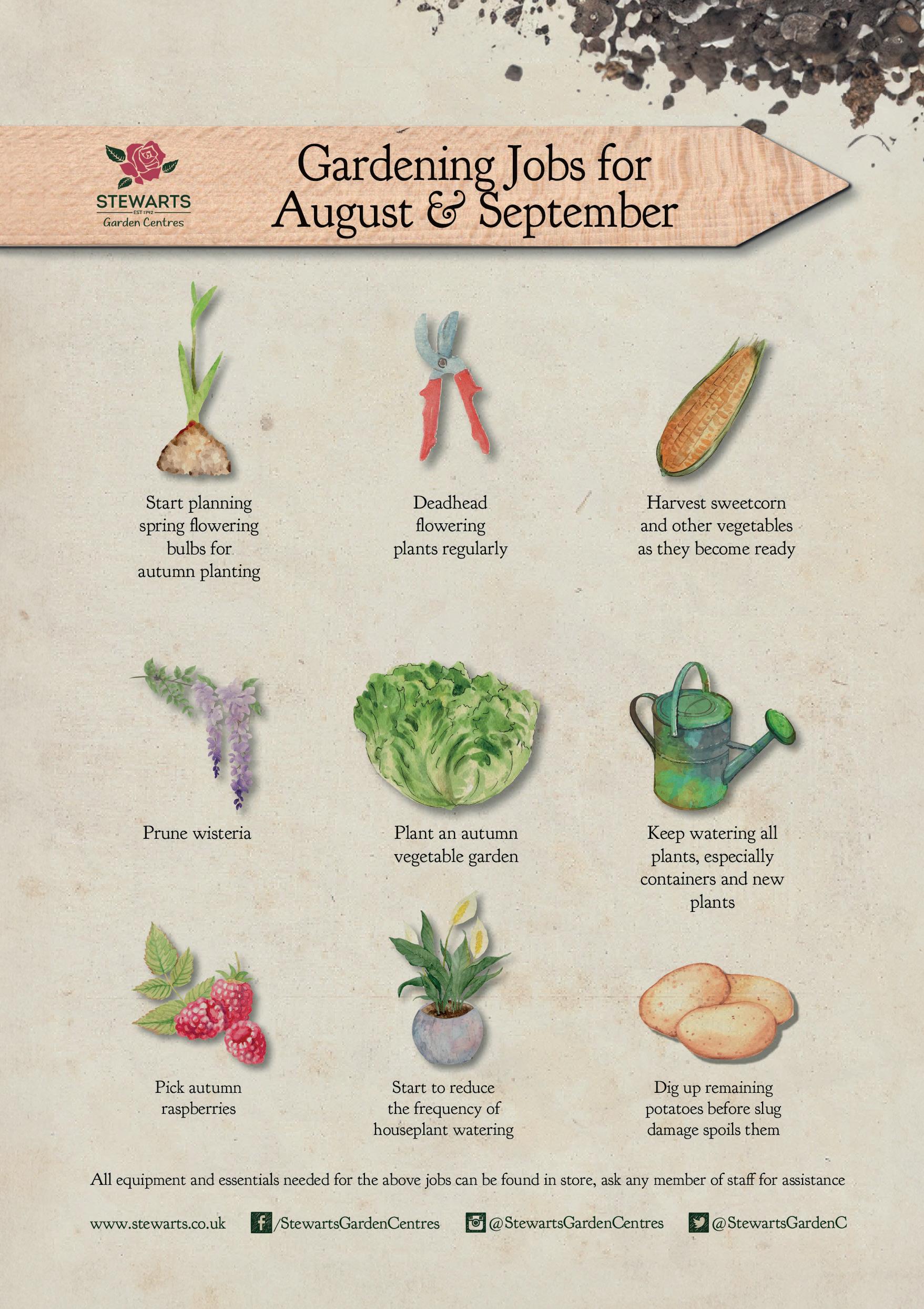

The Watercress Company from Dorset has combined fresh British watercress with a range of south-east Asian ingredients and influences to create a mouthwatering recipe. Packed full of healthy watercress with its powerful peppery kick and over 50 vital vitamins and minerals, and other flavoursome ingredients, this recipe offers an exotic taste of the East.

Serves: 4 | Prep Time: 30 minutes | Cook Time: 20 minutes
Ingredients:
• 300g Flat Rice Noodles, soaked in cold water for 2 hours
• 2 tbsp Rapeseed oil
• 10g Chives, finely chopped
• 6 Spring Onions, finely chopped
• 3 Carrots, shaved into ribbons
• 200g Frozen Edamame, defrosted
• 100g Beansprouts
• 2 Courgettes, cut into ribbons
• 1 tbsp Minced Ginger
• 2 tsp Minced Garlic
• Large Handful Mangetout
• 2 tsp Smoked Chilli Powder
• 3 tbsp Tamarind Paste (brands vary in acidity so taste and adjust accordingly)
• 3 tbsp Soy Sauce
• 50ml Chilli Oil
• 2 tbsp Maple Syrup
• 50g Watercress
• 50g Crushed Toasted Peanuts, Lime & Coriander to serve
Method:

1. Drain the noodles and rinse thoroughly, set aside.
2. Heat the oil in a large wok over a high heat. Add the spring onions and cook 1-2 minutes or until softened and beginning to crisp.
3. Meanwhile mix the tamarind, smoked chilli powder, soy, chilli oil and maple in a bowl and set aside.
4. Add the beansprouts, carrots, mangetout, courgettes, ginger, garlic and edamame to the pan and fry, agitating with a spatula constantly.
5. Mix in the edamame and move the vegetables to the side of the wok. Pour in the tamarind mixture and cook for 30 seconds before mixing through the cooked noodles.
6. Add the chives and watercress and mix through to heat.
7. Taste, it should be sweet, sour and firey with a chilli kick.
8. Serve straight away garnished with peanuts and coriander and lime wedges to serve.
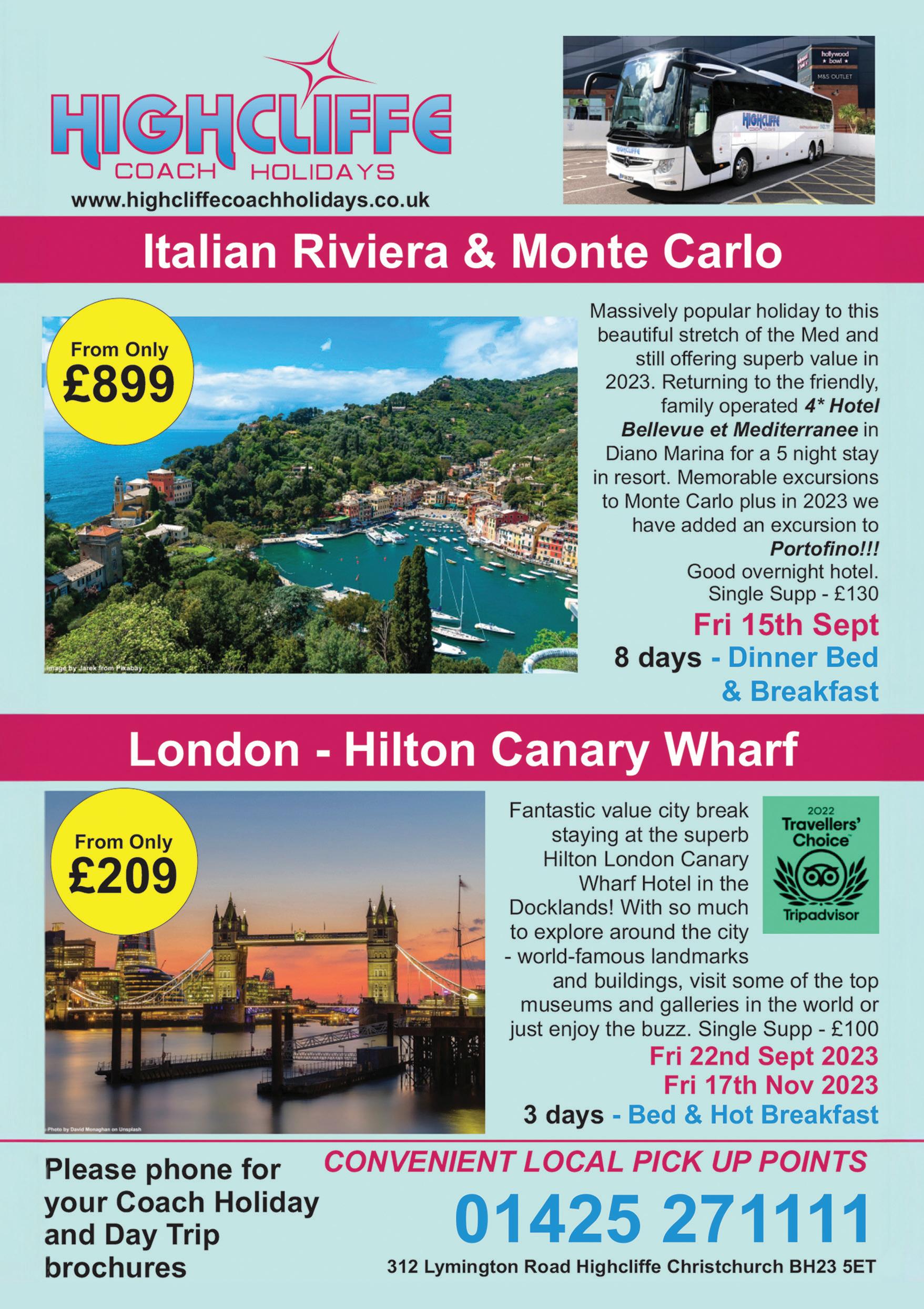

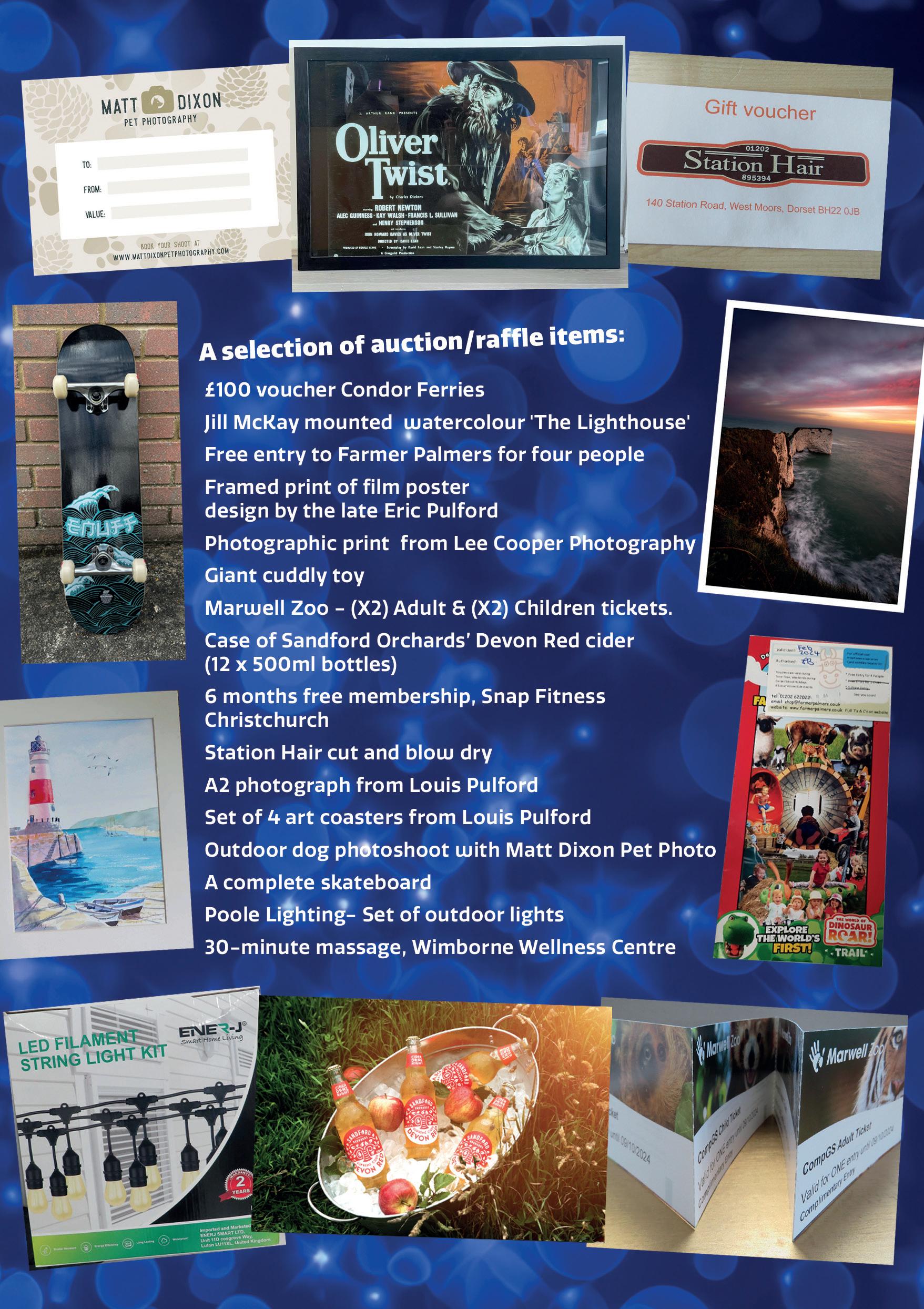
 by Helena Howton
by Helena Howton
“John, I have to go. See you Thursday. Usual time. Yes, I’ll be wearing my new designer bodice. You’ll love it…”
Emma quickly cut the connection as her husband walked through the door. He was home early.
“Anyone I know?” he glanced at her mobile.
“Only Lucy.” Emma felt herself redden: she was no good at lying. Because of this the last few weeks had been traumatic and it was all the fault of that irresistible piece of ‘must have’ designer clothing.
“What did she want?” Bob probed.
“Want? Um...? She had to cancel swimming on Thursday, she’s got a stomach bug and doesn’t think she`ll feel up to it,” Emma ad-libbed about her friend more than she intended.
“I didn’t know you went swimming. Where do you go?” Bob was curious.
“Stokewood Road,” Emma said. “We’ve only just started.” This was getting ridiculous. Her tiny lie was rapidly growing into a tangled mess.
Bob looked thoughtful. “Why don’t I go with you instead? What time?”
Emma’s stomach cramped. “No, you can’t…” she had to think quickly.
“What I mean is... It`s ladies only.”
She looked him up and down, “I don`t think you’d get away with it.”
Before he had chance to reply, she changed the subject. “You’re home early.”
“They owe me some time and sales are good, so I left at four. Thought we could order a takeaway tonight. Save you cooking.”
Swim forgotten, Bob headed into the lounge and called over his shoulder, “You`ll never guess who I bumped into this morning.”
Emma winced; please don`t let it be Lucy.
“I’ll give you a clue, someone who got divorced last year.”
Emma didn’t believe her ears. It was worse than Lucy. It was John.
“Can`t think,” she said feeling her heart pump. Why hadn’t John mentioned this chance meeting on the phone?

“You must remember Anne…”
“Oh, Anne!” Emma exhaled with relief, and joined Bob in the lounge. Anne was John’s ex. “Yes of course I remember Anne. I thought she’d moved.”
“Emigrated to New Zealand.”
“So she`s back...”
“No. I bumped into her ex. John.”
Emma felt sick.
“I was filling up at the garage in Christchurch when I spotted him. Don`t know how I recognised him really – the moustache, I think.”
Bob looked Emma straight in the eyes. “You know how tubby he used to be? Well he`s lost it all. He looks ten years younger. Said there’s a new woman in his life. He didn’t give a name…” Bob paused thoughtfully. “She’s obviously doing him the world of good.”
“I’m sure John wouldn`t agree with that,” Emma said defensively. “He and Anne separated on very bad terms, she squeezed him for every last penny.” Now she was sounding preachy and had to stop. “Still, if you say he looks well on it, then good for him,” she hesitated, “It’s not put any ideas into your head, has it?”
Bob grinned, “Wild horses wouldn’t drag me away from you Emma – you’re the perfect wife.”
His words made her feel dreadful. Right now, she was feeling far from perfect.
On Wednesday afternoon Lucy rang. She was livid. Bob had called to see her with a bar of ‘get well’ chocolate.

Emma’s mouth dropped, “I’m so sorry. He’s never done anything like that before. What on earth did you say?”
“Well I realised you’d told him I was ill, so I hedged a bit then went along with him,” Lucy sounded exasperated. “You should have warned me. I wasn`t sure what I was meant to have wrong with me.”
“It was a stomach bug,” Emma said feeling extremely sorry to have involved her friend. Bob was obviously suspicious following the conversation about swimming and who could blame him?
“Fortunately he gave it away. But as for this swimming lark,” Lucy ranted on. “I didn’t have a clue what he was on
about and although I tried to agree in all the right places, I`m sure he didn`t believe a word I said. I know we`ve been friends for a long time, but don’t you ever do this to me again. You`ve either got to tell him what`s going on, or I will.”
“I`ve already decided,” Emma replied. “It`ll all be over tomorrow.”
“Oh really? Well, don’t forget, I know what John’s like. He’ll try and talk you out of it.”
“What a superb portrait,” gushed Bob when Emma surprised him with the painting. He gazed adoringly at the picture of her, which he immediately hung in the lounge.
“I had no idea John was such a brilliant artist. He’s certainly captured that something special in your eyes.”
“Yes,” Emma managed to keep a straight face. “The eyes are the best bit.”
“So now I know what you`ve really been up to every Thursday and where you got the money from to buy that designer top – don’t think I hadn’t noticed. I was beginning to wonder if you had a lover. It was quite a relief when I found out from Lucy the other day that she and John are dating. Why didn`t you tell me you were working at the art college as a model?”
“I thought you would disapprove. All those students ogling me.”
“You know me better than that,” he laughed,” If you’d been posing in the nude I would have had something to say, but judging by the evidence that wasn`t the case.”
Emma gave a wry smile. She looked again at the portrait, painted from the waist up. It was John`s way of saying thank you. He`d completed it on the last sitting, but she`d refused to accept it until he`d made a few extra brush strokes and added the beautiful yellow bodice over her shapely curves.
Sadly, Steve Roberts has hung up his pen, however, the Christchurch History Society (CHS) is stepping in. We are lucky in Christchurch and the surrounding area because there is so much history, whether about people, places, activities, or achievements. I am a writer, historian, and volunteer archivist with CHS, and I hope to bring you interesting stories.
CHS holds an extensive archive of over 17,000 items, including documents, photographs, newspapers, and directories which are kept in the porch room of Christchurch Priory. A small team of volunteer archivists care for the archive and its documents and undertake research. Enquiries can come from anywhere in the world! Whilst researching, we often come across quirky and interesting titbits or a new take on an old story to share.
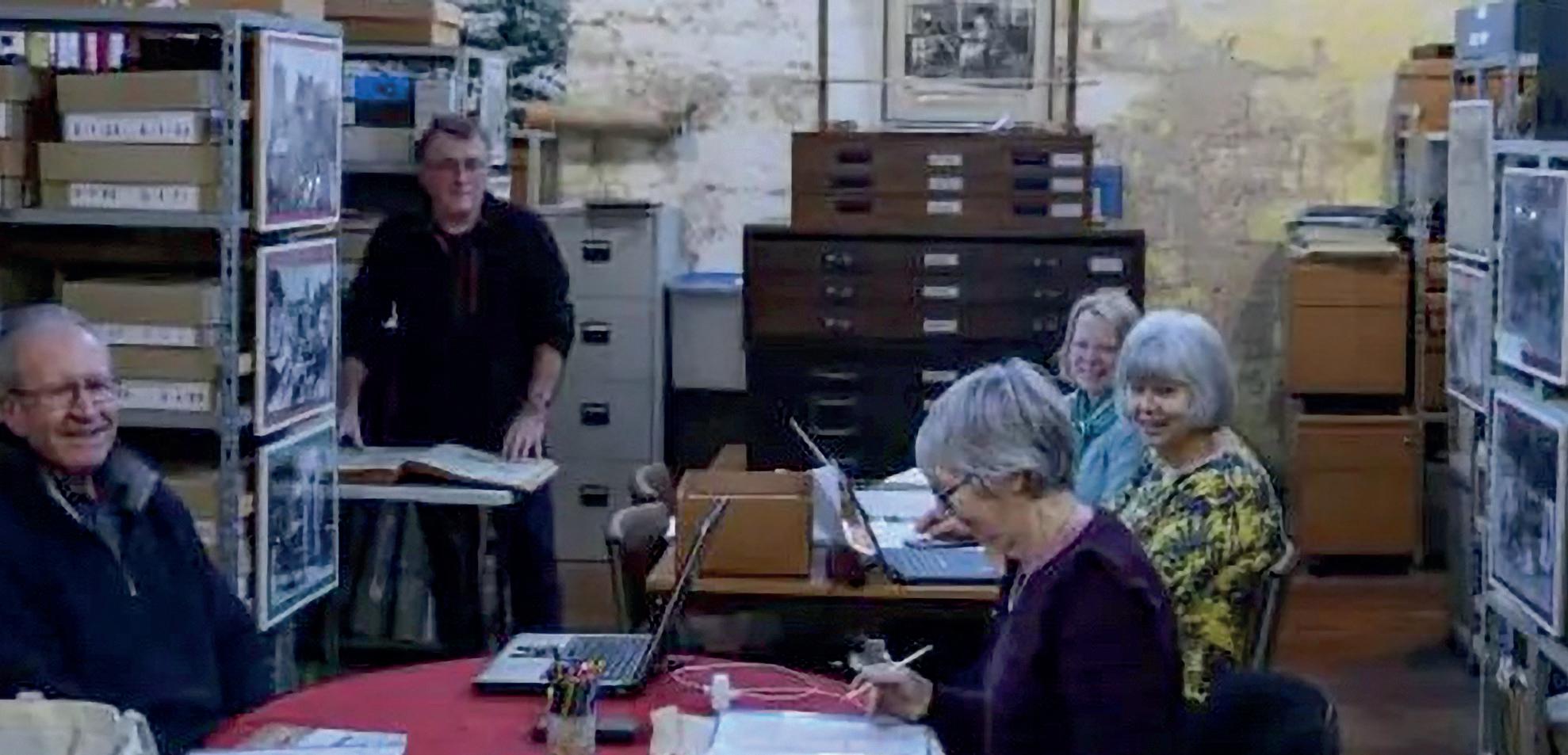
The archive is part of the legacy of the Druitt family. The Druitt Library, Druitt Gardens, The Red House Museum even the Constable’s House were among their bequests to the town. Born in Christchurch in 1876, Herbert Druitt
was obsessed with Christchurch’s history. He collected and hoarded all kinds of materials. His extensive collections became exhibits for the Red House Museum and his documents and books held in the Druitt Library led to the creation of the Christchurch Local History Society in 1989.
CHS is a membership society and welcomes new members. The Society encourages the study of the history, heritage, and archaeology of the local area. Members receive a regular publication, The Journal, full of interesting articles, facts, and pictures, four times a year, free of charge. Additionally, there are 10 evening meetings held each year for anyone to attend with fascinating talks on a wide range of history-related topics. Members enjoy a reduced entry fee. CHS also publishes local history booklets, available at meetings and local outlets. Works by local authors are also for sale. You can meet Society members at local fairs, such as Mudeford Arts Festival and they are happy to chat about the Society and the displays on show. Why not join us?
If you are researching any aspect of
Christchurch, you can search the CHS catalogue on the website. If there is something you are interested in, it may be possible to make a copy, or you can make an appointment and visit. You can also request research to be undertaken on your behalf. The archivists are happy to do this, though it can take time. At present we ask for a donation and money raised is used to help maintain the archive. Few local history societies are custodians of such an important archive, so as volunteers, we see it as a great privilege to care for it.
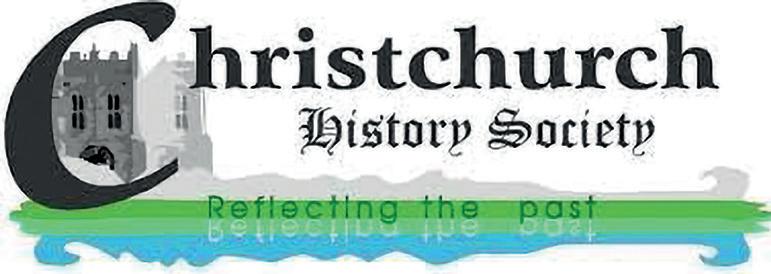
Our knowledge of history evolves as we discover new sources and share new information. We look forward to sharing these stories with you.
Next Talks:

5 September – Margaret Pole, Countess of Salisbury – Tony Ruffhead
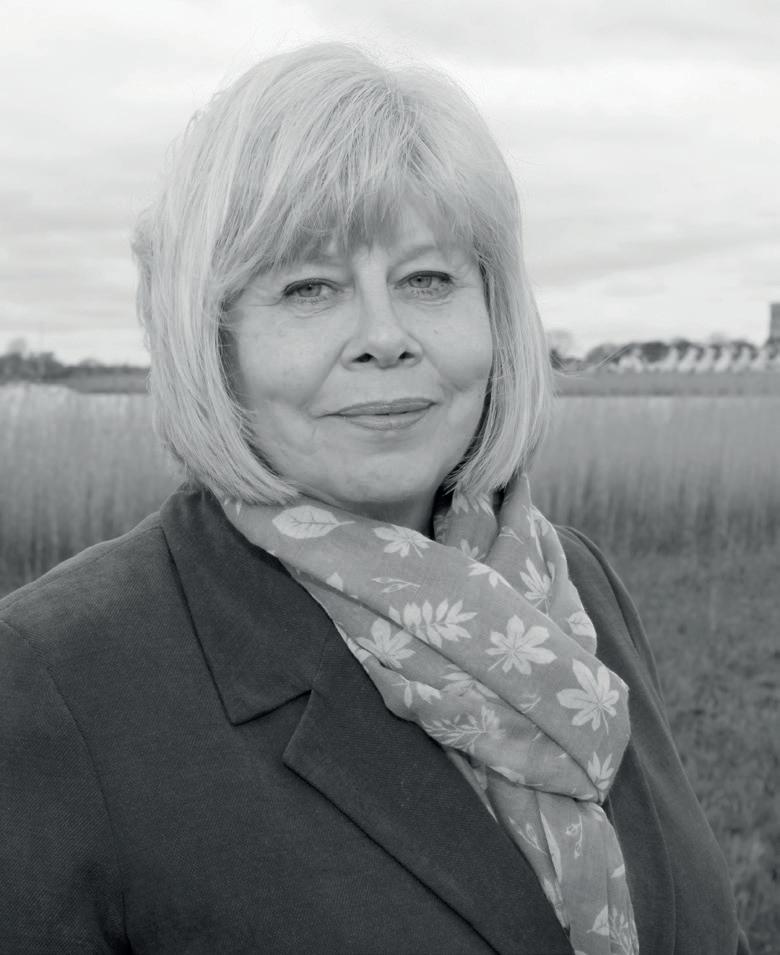
3 October – Boots Booklovers Library

– Jackie Winter
Details of talks and membership: www.historychristchurch.org
If, like me, you’re already thinking about where to go in 2024 and wondering what adventures next year will bring, let yourself be inspired by our list of the top trending destinations. It may feel some way off, but more of my customers than ever are booking early. If you have a preference for top-end accommodation, popular sailings, smaller boutique hotels or places with limited accommodation options (like in the heart of the National Parks or closest to the best beaches), you will need to consider booking soon even if you’re not travelling until next year.
From the spectacular beach resorts of the south to encounters with elephants in the north, the ‘Land of Smiles’ has something for everyone and is a particularly great bet for a two-or multistay holiday – how about a cultural city break, a jungle adventure, and an indulgent beach break all in one? As well as temples galore for history lovers, the capital Bangkok delights foodies with its street food and markets, while adventure lovers can ride the overnight sleeper train for an excellent introduction to the jungles of the north. You might also think about a river cruise taking in the Thai part of the mighty Mekong.
the world into boutique luxury. Cruise stop-offs are also a way of discovering the island (many regional itineraries depart from its fascinating capital Bridgetown). Aside the blissful beach life, Barbados has plenty to see and do, from an underground cave system to botanical gardens.

One of the most popular Caribbean islands, Barbados delights everyone from those who want to soak up some of its convivial partygoing spirit to those who want to retreat from

From the ancient sights of the Acropolis to hidden coves on little-visited islands, Greece has the space and scope for everyone to find their little piece of heaven. Ferry-hopping is a great way to get around and take in several destinations or stay put in one place and enjoy the mix of mountains, beaches, olive groves, historic ruins and tavernas. Particularly popular is the island of Santorini with its incredible sunset views, often a stop-off on many Mediterranean cruises.


Once the preserve of honeymooners and couples, this is still one of the world’s top destinations for a romantic retreat, but families, friends and solo travellers are also catered for in resorts custom-designed for different needs. The marine life is the big attraction here, from manta rays to turtles and dolphins, and if you don’t dive, many islands have their own house reefs within swimming or even paddling distance, with snorkelling an option for all ages. Some resorts also run boat trips to local islands to see Maldivian life and traditions in action.
A quintessential destination with something to tempt everyone – couples, lone travellers, families and friends – Italy really does have it all. The food and wine alone are reason enough for a visit, but there are also some of the world’s most important artworks,
breathtaking architecture, glorious cities including Florence, Venice and Rome, gorgeous seaside resorts, mountains, and islands. Much of Italy, especially Tuscany, can be visited as part of Mediterranean cruise itineraries too.
To book your holiday in one of these trending destinations or for more inspiration, call me today.
SALLY PULLEN TRAVEL COUNSELLOR
T 01202 375150
M 07929626156
E sally.pullen@travelcounsellors.com
W www.travelcounsellors.com/sally.pullen
SAUCE AND DRINKS

INGREDIENTS

(for 14x250g slushies)

• Half a litre of lemon juice (approx 10 lemons)
• Zest of 5 lemons
• 300g sugar
• 3 L very cold water

• Mint leaves
Grate the zest of 5 lemons. Mix the zest, sugar, and a few broken mint leaves. Then squeeze the lemons to obtain 1/2L. and add the lemon juice. Mix and leave to macerate for 1 hour. Strain and add the very cold water.
Put in the freezer for one or two hours. Remove and stir well. Crush with a blender. Put back in the freezer. When it is time, do the same as before. The slushies are ready. Decorate with mint leaves and enjoy.



We continue southwards on our lighthouse tour of England and Wales and now come to the Humber estuary, which has a very long spit. At the end of the spit we find the Spurn Head lighthouse.
Entry into the Humber for shipping bound for Hull has always been hazardous due to the many shifting sandbanks and so, as far back as 1427, there has been a lighthouse at the end of the spit. It was not until 1767 that John Smeaton was commissioned to build a pair of lighthouses at the end of the spit to indicate the bearing line for ships to make a safe entry into the Humber. The high light remained in use until 1895. However, in previous years there had been problems maintaining the low light, which was subsequently washed away, and a series of temporary lights were then used. In 1852, James Walker designed a more solid light, which was constructed under the supervision of engineer Henry Norris. This new light was built on the estuary side of the spit rather than on the seaward side.
Initially, both lights were coal fired. However, in 1819, the high light was equipped with 24 Argand oil lamps complete with reflectors. Later, in 1853, a Fresnel lens was fitted which was a 1st order fixed optic manufactured by Henry Lepaute of Paris.
In 1895 both the high light and the low light were decommissioned and replaced with a single lighthouse standing on the grassy area at the end
if the spit, known as Spurn Head. The previous high light was demolished and only the foundations remain today. However, the optic was reused in the highlight at Nash Point in South Wales as part of an improvement programme. The 1852 low light still stands today although a large water tank has been installed on the top.
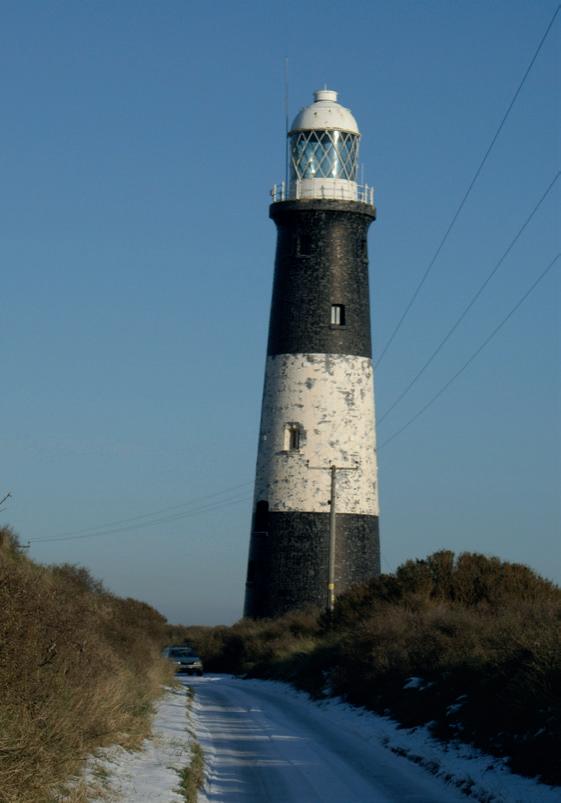
The new light at Spurn Head is a round tower built of brick and is 128ft (39m) high. The tower was designed by Thomas Matthews and is painted black and white. A new, very large revolving hyperradiant optic made by Chance Brothers was installed and had a range of 17 nautical miles (31km) and displayed a flash once every 20 seconds. In addition, there were sector lights, two of which marked particular shoals, or sandbanks, while another indicated the main channel into the Humber. Initially it was oil lit. However, in 1941, it was converted to electricity to enable the light to be lit only briefly on request when allied ships and convoys were passing. In 1957, the lighthouse was converted to acetylene gas operation with a much smaller gas driven revolving optic which provided a flash every 15 seconds. The sector lights were provided with occulting mechanisms, which were also gas driven. With the lighthouse
now being fully automatic, the keepers left for the last time and their cottages were demolished. By 1985, improvements in navigation meant that the lighthouse was no longer required and was therefore decommissioned. The main optic was removed and initially displayed in the Trinity House Lighthouse Museum in Penzance and, later, in the National Maritime Museum in Cornwall located in Falmouth. In 2013, the Yorkshire Wildlife Centre was granted £470,500 to restore the lighthouse and to open it as a visitor centre. Keith Morton
Association of Lighthouse Keepers alkhurst@gmail.com
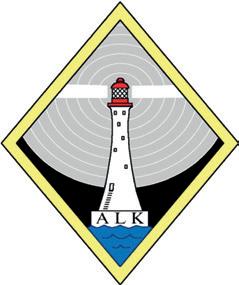

This piece discusses C-PTSD symptoms and real-life experience of trauma, please take care when reading and afterwards.
“Growing up in an abusive situation at home over many years meant I developed a type of PTSD called Complex PTSD. This can happen when a person is subjected to traumatic events over several years or feels forced to live in a situation which feels extremely unsafe, and they cannot escape.
“During the worst years of my abuse, I suffered a lot with dissociation. I felt very separate from my body. It was safer for me to create a better world in my head to live in than to be, feel and breathe into the body and physical sensations I would experience.
“I was also very distrustful of the world, of my body – I felt broken and different. No matter how good a mask I presented, inside I never felt authentic or real.
“When I was 16, I found yoga. At first, I started practicing with an unhealthier agenda such as focusing on body image; however, I realised as I continued to practice there was a lot more to it than that.
“Traditionally, practicing yoga asana postures coupled with deep breathing can
calm the nervous system. Mine, up until this point, was stuck in chronic stress alert – to feel relaxed for the first time in a while and fully present in my body was unusual but it felt amazing.
“It was the start of me being able to really be in my body and make friends with it, rather than hiding in my head for safety. It gave me the chance to take control and become less dissociative as a go-to response in times of real stress.
“This has taken many years of practice to achieve and is a constant ongoing goal.”
Dorset Mind often shares people’s lived experience blogs which can be difficult to read. But it’s vital we do, as it can help people know that they are not alone.

If you need emotional support, call Samaritans free on 116 123, 24/7.
For more info on CPTSD, visit https:// www.mind.org.uk/information-support/ types-of-mental-health-problems/ post-traumatic-stress-disorder-ptsd-andcomplex-ptsd/about-ptsd/








Dental trauma or traumatic dental injury is an impact injury to the teeth, gums or other hard and soft tissues within and around the mouth. It is usually sudden, circumstantial, unexpected, accidental and often requires emergency attention. It can range from minor chips and cracks to severe fractures, dislodgment, or complete avulsion of teeth. Dental trauma is a common occurrence, particularly among children and young adults, and could lead to long-term consequences if not promptly and adequately addressed.
Dental trauma is often more time consuming and costly compared with many other accidental injuries presenting to emergency clinics and hospitals. It is a significant public health problem because of its frequency, impact on economic productivity and quality of life. It is not a disease, and no individual is ever at zero risk of sustaining these potentially life-changing injuries. What may appear to be a minor injury at the time of the traumatic incident may have significant long-term consequences. Such long-term complications may occur despite appropriate acute management and may not become apparent for many years. They include pulpal necrosis, root resorption and tooth loss in cases of severe trauma.
Dental trauma affects mostly male than females worldwide.
The most common cause of dental trauma in UK adult population is accidental fall. Most of this happens at home but also outside in the street. There is statistical evidence that these falls are more prevalent at weekends. Alcohol consumption may be one of the factors for these incidents. This follows by assault, bicycle accident, sport injuries and road traffic accidents. Accidental fall is higher in women than men. Sport injuries and assault are higher in men.
The upper central incisors are the most commonly injured teeth compared to the other anterior teeth affected. This follows by upper lateral incisors and lower incisors. Dislodgment of the tooth is the most common injury followed by total tooth avulsion.
The enamel fracture is the most common type of tooth fracture.
The treatment depends on the nature of the trauma. Injuries to the mouth and teeth should be examined by a dentist, especially if a tooth or teeth have become loose or sustained damage. In some cases, when a tooth is visibly damaged, the neighbouring teeth may also have injuries that are not necessarily visible unless detected by a dental exam.
For chipped or fractured teeth, a toothcoloured filling may be recommended to replace the lost part of the tooth. If a significant part of the crown has been lost, an artificial crown or cap may be offered instead.
• If the pulp is exposed, a root canal may be needed.
• Injuries to the back teeth, including fractured cusps, may require a root canal and full coverage crown.
• More serious injuries such as split teeth may require the tooth to be removed completely.
• Dislodged teeth should be re-stabilised by the dentist and root canal treatment may be needed.
• Children under the age of 12 may not need root canal treatment, as their teeth as still developing and may be able to heal on their own. The dentist will monitor them carefully to see if any additional treatment is needed.
• Teeth that have been knocked out (avulsed) may be replanted if you act quickly. You should see your dentist or an endodontist immediately – if you receive treatment within 60 minutes, there is a good chance you will save the tooth; any longer than this and the odds diminish considerably. If the tooth can be found, handle it carefully by the crown –don’t touch the root! It needs to be kept in saliva or milk. The dentist will place it back in its socket and a stabilising splint will be placed for a few weeks, after which you may require root canal treatment.
• In some cases, such as if the knocked out tooth cannot be found, or if it is not treated soon enough, other treatment options to replace the tooth may be discussed.
In case of accidental damage to baby teeth, please do not place the tooth back in its socket as you may cause further damage to the underlying adult tooth. Please contact your dentist and seek advice.
It is paramount that we create a safe environment at home for both children and adults. using safety equipment such as bicycle helmets and sport guards in case of contact sports will help to reduce sustaining severe dental trauma and subsequently a lifelong injury. Here at Copper Beech Clinic, we provide care and treatment for dental trauma and emergencies.



Even with the long, hot summers we are experiencing there are still parts of the garden that see very little sun. They are usually north facing beds with fencing, neighbouring buildings and mature trees that create these shady areas. As a result, these areas in full shade, are often very dry as they are so sheltered.
Selecting the right plants and looking after the soil is crucial to ensuring a beautiful garden. There are, however, a huge number of plants suitable for shade, they are mainly evergreen shrubs and not well known for their flowers so this is where leaf shape, size and texture and even leaf colour play an important role.
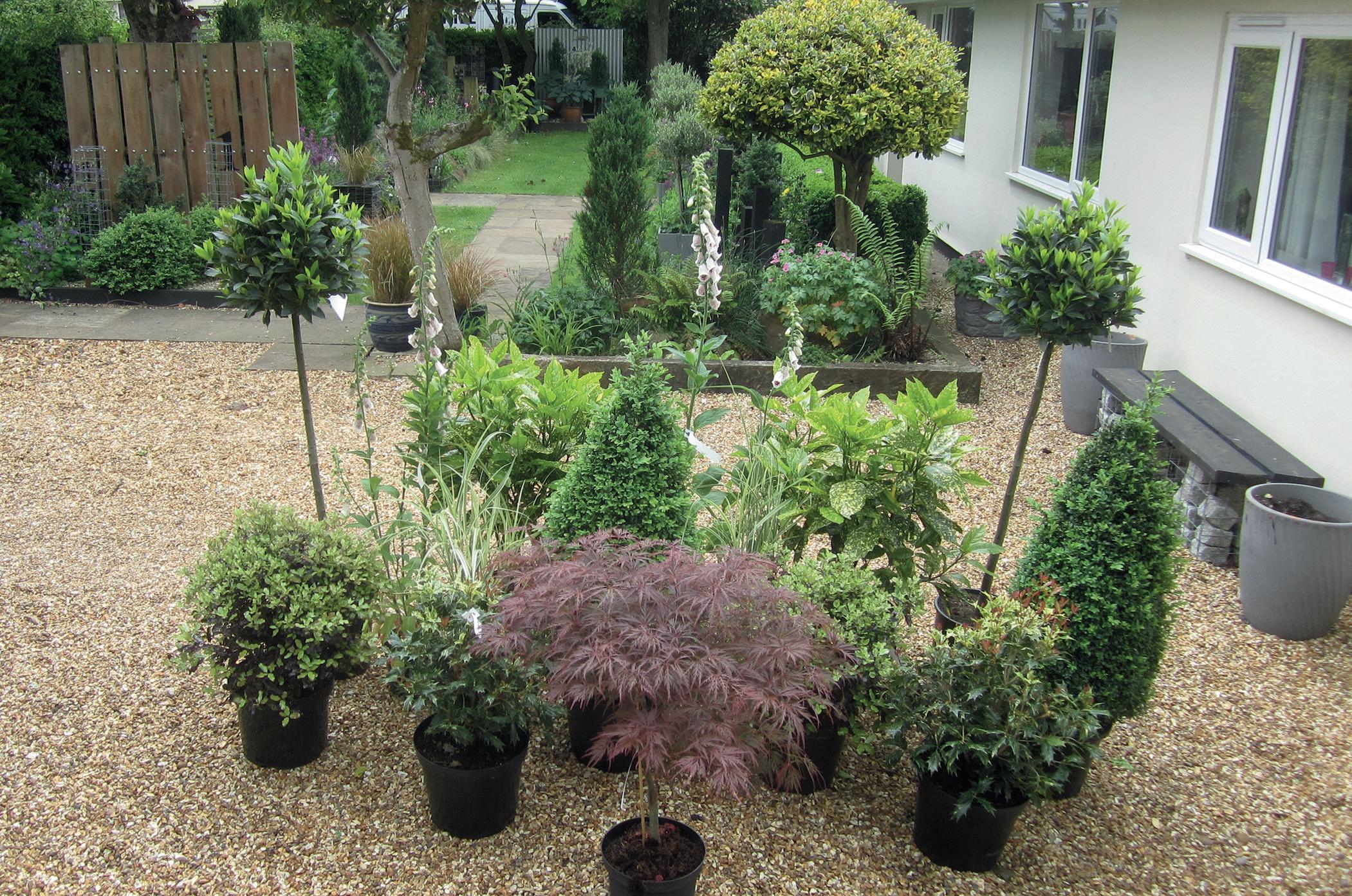
It’s important to nurture the soil with plenty of organic compost and mulch heavily to stop the ground drying out too quickly.
If you are looking for some more advice and suitable plant lists then contact Colin
T: 01425 655038 M: 07925 166767 W: www.ckgardendesign.co.uk
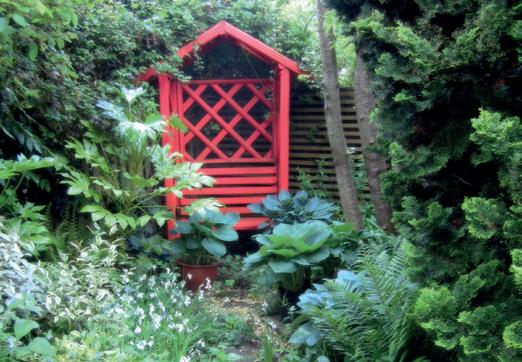
Some excellent shade loving plants are:
Fatsia japonica
Mahonia
Variegated holly and ivy
Ferns and hostas
Snowdrops, Cyclamen
Hellebores
Foxgloves and plenty more….



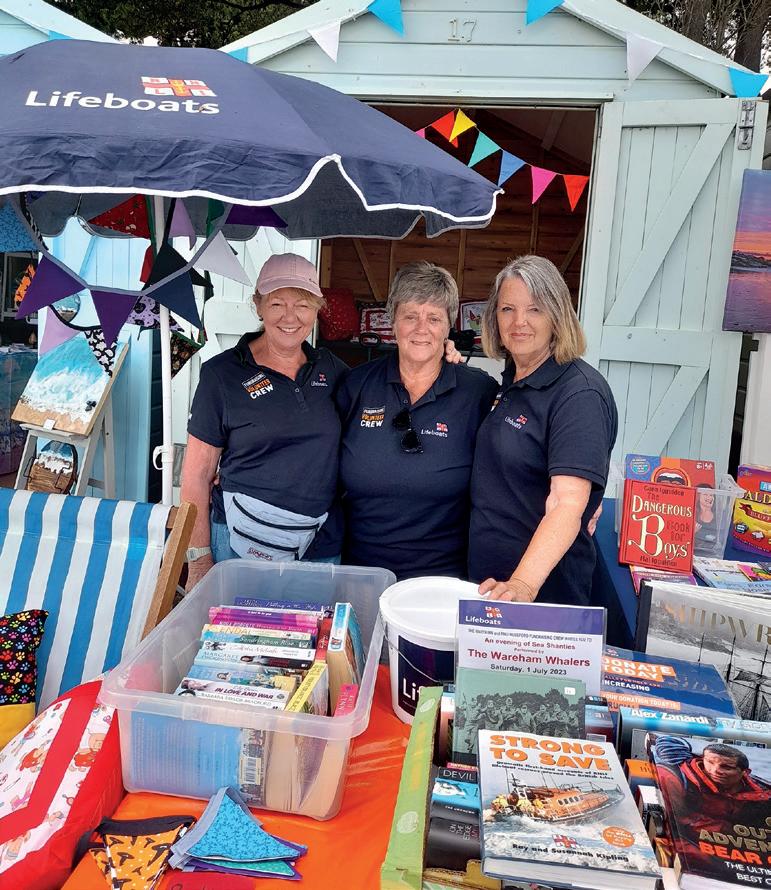

We have had several successful fundraising events over the past few weeks.
Thanks to the Noisy Lobster for including us in their beach market events in June.
At the time of writing, final preparations are underway for our second Blue Light Day on 23 July and the community is helping us celebrate the 60th anniversary of Mudeford Lifeboat Station, including a cute postbox topper.
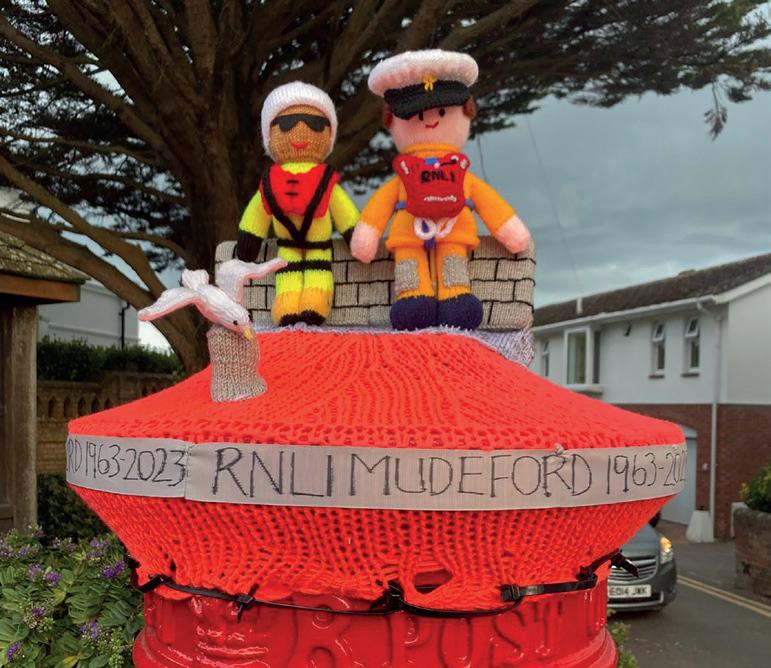
Dates for the diary
Beetle Drive, Wednesday 20 September 2.15pm, Stanpit Hall
Christmas Fayre, Saturday 18 November, 10.30am – 1.30pm, Stanpit Hall
Coffee & Mince Pies Morning, Thursday 14 December, 10am – noon, Stanpit Hall
For more information on getting involved, please contact Adele on adele.orr.63@gmail.com
Thanks to the Haven House Inn for sponsoring the well-attended sea shanty concert at Mudeford quayside on 1 July. We look forward to welcoming the Wareham Whalers back again next year.
We have a very interesting fundraising programme throughout the year. If you would like to join us and receive full details, please contact Adele on adele.orr.63@ gmail.com. We meet generally on the first Wednesday of each month at 2.15 pm or quarterly at 7.30 pm in Stanpit Village Hall.
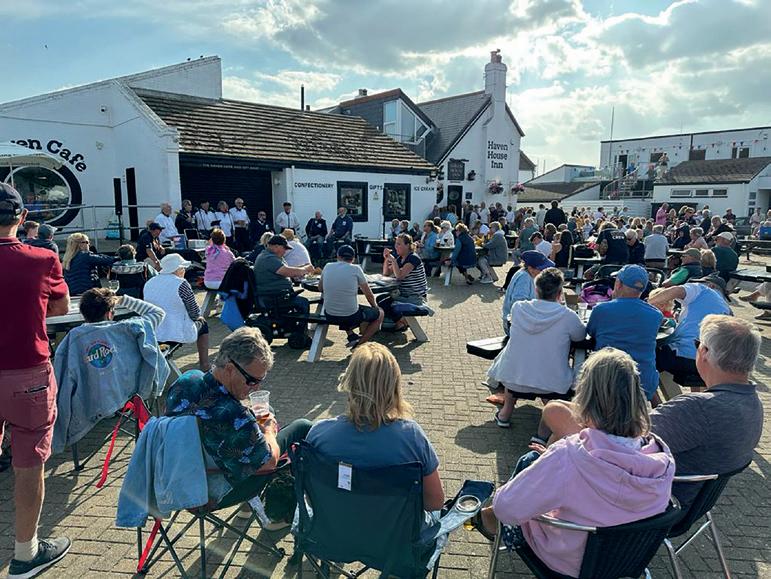
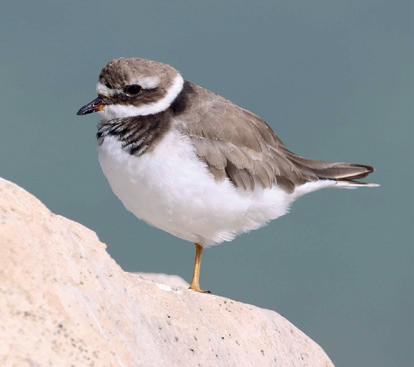
Ringed Plovers have been observed nesting on Mudeford Sandbank, possibly, the first attempt at breeding in this recorded area since 1983. One of the nests contained a clutch of three eggs and needed protection from predators. With the help of BCP Council and Natural England an anti-predator cage was erected. Breeding time is between April and July.
WE NEED YOU to help save Dorset Swifts. In just 20 years numbers have fallen alarmingly. If you see a Swift you can play a part in saving these enigmatic birds by contacting swifts@chog. org.uk stating your name, the road name and the postcode of where they were seen. Swifts eat, sleep, drink and even mate in flight, only landing to nest. We are grateful to Southbourne Men’s Hub for making and supplying Swift boxes for the Red House Museum.
For the second year running, Peregrines have bred on the magnificent Christchurch Priory, producing two sturdy male chicks. Last year was the first recorded breeding of Peregrines on the Priory when three chicks were
successfully fledged. On Saturday, 17 June, CHOG set up a viewing platform and invited people to see this year’s chicks and adults through telescopes. Many people visited to ‘stop and stare’. The right conditions are needed for breeding and have to be safeguarded. CHOG endeavours to meet the Peregrines’ needs. Paramount in this is ensuring the area around the nest site remains undisturbed. CHOG would like to extend thanks to the management team of the Priory.
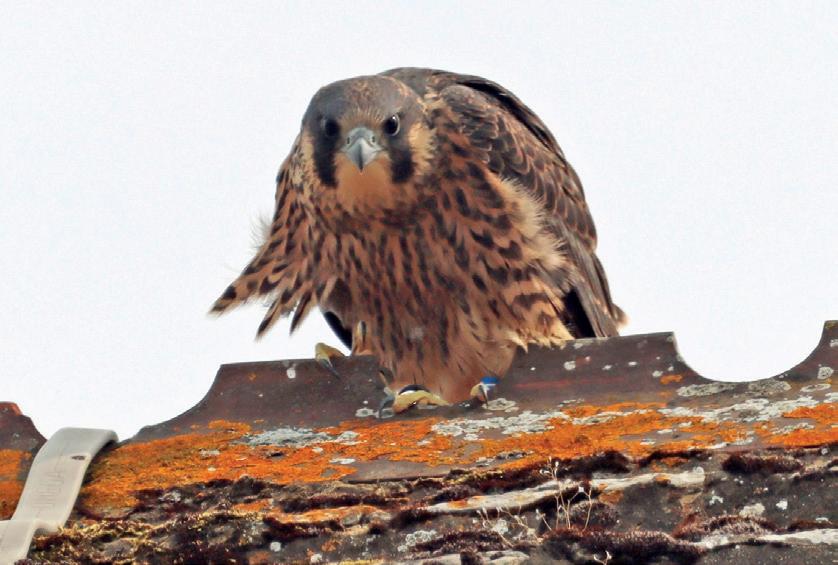
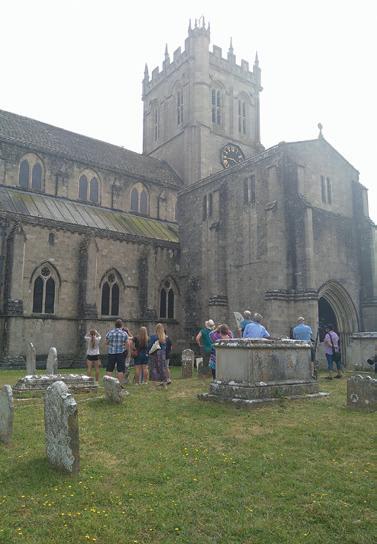
Some visitors signed up for membership of CHOG on the day, to support conservation in Christchurch Harbour. The annual rate is £10 per single person. If you would like to become part of this exciting organisation – attending free beautiful walks with people who have expert knowledge of birds and some knowledge of plants, dragonflies and other insects, plus a variety of indoor presentations – go to www.chog.org.uk Here you can view the CHOG website, which is updated daily. You can also find CHOG on Facebook.
CHOG’s aim is to record, promote and conserve wildlife in the Christchurch Harbour Area.
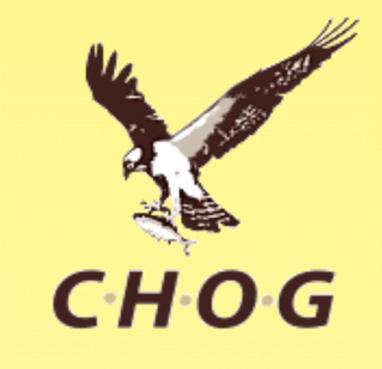

LIVE ON STAGE
DO YOU BELIEVE IN GHOSTS? (LIVE)
Thu 3 Aug: 19:30
This is a brand-new concept: a haunting night at the theatre; an original play unlike anything you have seen, or experienced, before; a new way of ghost storytelling!
THE ROCKET MAN (LIVE)
Fri 4 Aug: 19:30
This is the world’s favourite celebration to a musical icon: the legendary Sir Elton John!
THE MAGIC OF THE BEATLES (LIVE)
Sun 6 Aug: 19:30
The incredible cast not only looks and sounds like John, Paul, George, and Ringo, they generate the famed excitement of The Beatles – even including the Fab Four’s unique sense of humour.
80S LIVE! (LIVE)
Thu 10 Aug: 19:30
You’ve made it through the wilderness, somehow, you’ve made it through and now we’re never gonna give you up! Get ready as we bring you the biggest 80s party show
THANK YOU FOR THE MUSIC (LIVE)
Sat 12 Aug: 19:30
This international smash-hit tribute show brings all of ABBA’s number-one hits to the stage in a production like no other. Now in its 20th year! With a brand-new show for 2023.
THE MAKINGS OF A MURDERER (LIVE)
Sun 13 Aug: 19:30
Investigating the UK’s most notorious serial killers. Hosted by the detective who brought serial killer Peter Tobin to justice.
SWING UNLIMITED: A NIGHT AT THE MOVIES (LIVE)
Sat 19 Aug: 14:30 & 19:30
Experience epic themes and songs from some of the greatest movies of all time. Featuring music from legendary composers such as John Williams, John Barry, Hans Zimmer, and many more.
CHRISTCHURCH GILBERT & SULLIVAN SOCIETY: HMS
PINAFORE (LIVE)
Thu 28 – Sat 30 Sep
Join us for one of Gilbert and Sullivan’s most popular works.
CINEMA HIGHLIGHTS
INDIANA JONES AND THE DIAL OF DESTINY (12A)
Until 17 Aug
Experience the return of legendary hero, Indiana Jones, in the fifth instalment of this beloved swashbuckling series of films.
ELEMENTAL (PG)
4 – 17 Aug
An original new feature film from Pixar Studios (Toy Story) set in Element City, where fire, water, land and air residents live together.
RED SHOES: THE NEXT STEP (12A)
4 – 9 Aug
An Australian drama in which a young dancer must find a way to reignite her passion for ballet following a tragic event.
MISSION: IMPOSSIBLE – DEAD RECKONING PART ONE (12A)
11 Aug – 4 Sep
The latest instalment of the pulse-pounding Mission: Impossible franchise, Ethen Hunt (Tom Cruise) faces his most dangerous mission yet.
SQUARING THE CIRCLE: THE STORY OF HIPGNOSIS (15)
15 Aug: 20:30
A charming, witty, and beautifully crafted look at the iconic album art design studio Hipgnosis that were responsible for some of the great album covers of all time.
BARBIE
18 Aug – 7 Sep
Join Barbie in Barbie Land, where everyone is a perfect being in a perfect place. Unless you have a full-on existential crisis. Or you’re a Ken.
OPPENHEIMER
18 Aug – 12 Sep
Written and directed by Christopher Nolan, Oppenheimer is an epic thriller that thrusts audiences into the pulsepounding paradox of the man who must risk destroying the world in order to save it.
ANDRE RIEU: LOVE IS ALL AROUND
26 & 27 Aug
The King of the Waltz invites you to his all-new cinema concert “Love is All Around”, from his beautiful hometown of Maastricht!
SEIZE THEM!
8 – 14 Sep
Dark age Britain where Queen Dagan is toppled by a revolution. The Queen becomes a fugitive and must face hardship and danger as she embarks on a voyage to win back her throne.
HAUNTED MANSION
8 – 13 Sep
A single mom named Gabbie hires a tour guide, a psychic, a priest, and a historian to help exorcise her newly bought mansion after discovering it is inhabited by ghosts.
To see our upcoming film titles, please visit our website www.theregent.co.uk or pick up a film list in-person on your next visit.
All information is correct at the time of publication. Please see our website for the latest information www.theregent.co.uk


We had a fantastic Spring, and we are now looking forward to our summer events.
On the 1st of May our annual Fun Day was opened by the reverend Ben Sargent of St Mary’s Church and featured several Arena events, including The Dolphin Marching Band and the Ocean Blue Dog Agility Display. Gym Tin led the Fun and Fitness session involving local teams of children racing around an obstacle course. Medals were awarded to all participants with a trophy for the winning team. Local organisations and charities promoted their activities and raised funds. A variety of foods were on offer and refreshment was provided by a beer tent run by The Carpenter’s Arms. A big thank you to all those taking part.
In June, our Annual Fun Run took place with 5k and 10k events. Our top times included the first place runner completing the 5km route in 18.37 minutes and 10km first place in 36.17 minutes.
Socially we have had a wine tasting, monthly
rambles through different parts of the Forest, and we’ve had a very enjoyable safari supper.
This summer we are again teaming up with Folksy Theatre and Harrow Wood Farm Caravan Park to bring you The Merry Wives of Windsor by William Shakespeare. The event will take place at on Sunday 6th August. Bring a picnic. Doors open at 6pm and tickets are available from the Carpenter’s Arms and Harrow Wood Farm or you can email us at merrywives2023@gmail.com.
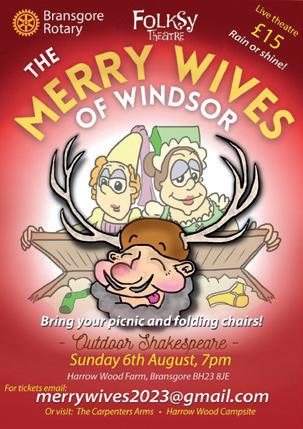
We have also started getting ready for the famous Bransgore Beer Festival at The Three Tuns from 29th September to 1st October. We will again have a large selection of real ales and ciders (as well as wine and soft drinks) and music to suit every taste. Tickets on sale soon.
We have launched our new look website!
Take a look at: www.BransgoreRotary.co.uk
Residents and visitors will have the opportunity to find out how people lived at Hengistbury Head some 2,000 years ago when a traditional Iron Age roundhouse is built later this year.
Funded through a grant by the Heritage Lottery Fund, the three-year initiative –which is part of the Living in the Round project – will include prehistoric activities and re-enactments, such as bronze smelting, kiln building and costume making.
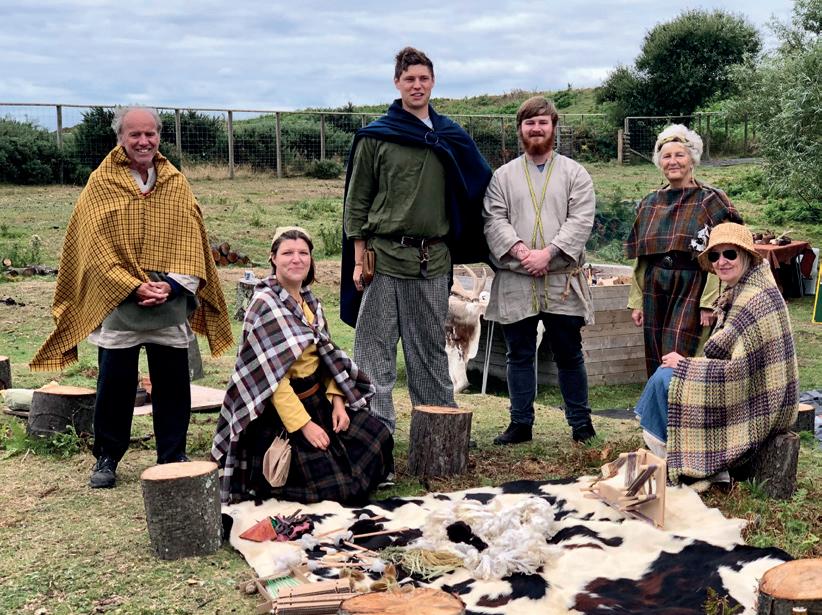
Construction of the roundhouse is hoped to start in autumn and it will be built principally by volunteers. It will be situated adjacent to the Visitor Centre and has received planning permission and Scheduled Ancient Monument consent.
The local community, schools and Bournemouth University are all invited to help with the initial development of the roundhouse, following site examinations from specialist archaeologists.
Living in the Round aims to expand on the work of the previous Performing the Past campaign (2019-2022).
Upcoming events are listed on the Hengistbury Head website and Facebook pages.
If you are interested in volunteering, please email the curator, Hayden Scott-Pratt, for more information: Hengistbury.head@bcpcouncil.gov.uk




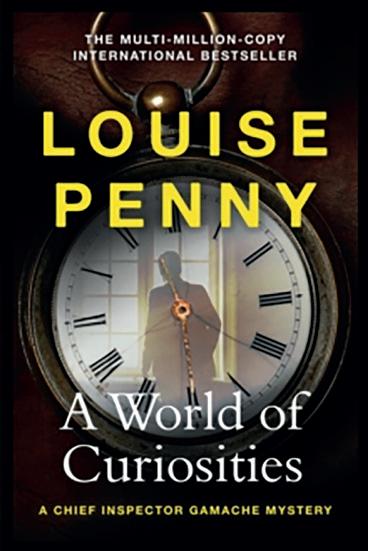
Book 18 in the acclaimed and number one-bestselling series sees the beloved Chief Inspector Armand Gamache and his home village of Three Pines reemerging after the harsh winter. But not everything buried should come alive again. Not everything lying dormant should return. But something has. As the villagers prepare for a special celebration, Armand Gamache and Jean-Guy Beauvoir find themselves increasingly worried. A young man and woman have reappeared in the Surete du Quebec investigators’ lives after many years. The two were young children when their troubled mother was murdered, leaving them damaged, their lives shattered. Now they’ve arrived in the village of Three Pines…
If you don’t know the Three Pines series by Louise Penny, then what are you waiting for? There are 18 fantastic episodes awaiting you. Still Life will get you off to a great start.

paperback £14.99
In this utterly addictive puzzle book for armchair detectives you will find a fiendishly compulsive and absolutely killer collection of 100 original murder mystery logic puzzles. Join Deductive Logico and pit your wits against a slew of dastardly villains in order to discover: Who committed the ghastly deed? What weapon was used to dispatch the victim? Where did the dreadful demise occur? These humorous minimystery puzzles challenge you to find whodunit, how? where? and why? Examine the clues, interview the witnesses, and use the power of deduction to complete the grid and catch the culprit. Packed with illustrations, codes, and maps, this is the must-have detective casebook for the secret sleuth in everyone.



1, 2, 3, hardback £12.99 each
Little Experts is a new series written by experts to empower and inspire children between 6 and 10. Mystified by money? Discover how it shapes the world we live in with Dragons’ Den investor and entrepreneur Deborah Meaden. Inspired by the incredible human body? From spongy brains to gooey guts and everything in between, take a tour with emergency doctor and TV presenter Dr Ronx. Mad about marvellous vehicles? Hit the road with writer and broadcaster James May to discover incredible human-powered vehicles –from bicycles and submarines to amphibious vehicles and even a helicopter.
Why not pop into the shop to have a browse and see lots of lovely new publications for summer? Or you can contact BH6 Books and Home on 01202 418403, email sales@bh6booksandhome.co.uk or find them on social media @bh6booksandhome to place orders and discover all that is on offer at BH6 Books and Home, 69 Southbourne Grove, BH6 3QU.
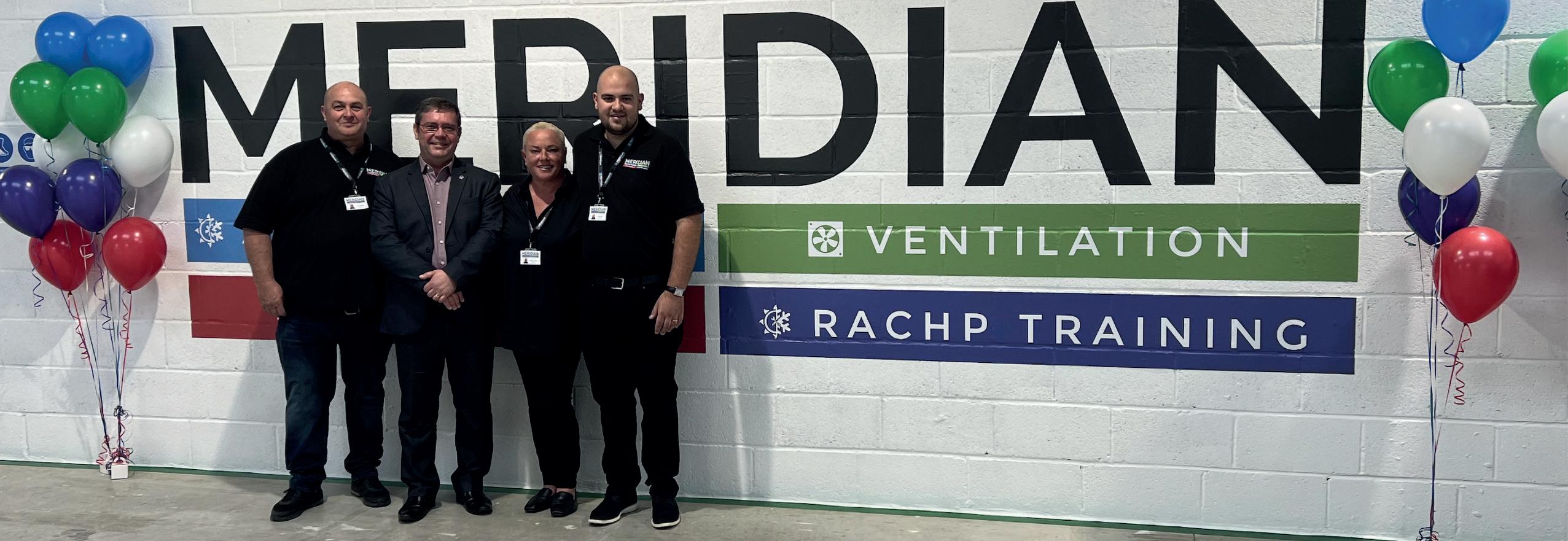
A new purpose-built training centre, which opened on 19 May in Ferndown, is set to provide training and short courses for the refrigeration, air conditioning and heat pump industry offering effective handling of flammable refrigerants.
The opening followed 18 months of hard work and dedication to bring Dorset its first ever RACHP training centre. The school has been designed after carefully analysing the needs of professionals within the industry and, as a result of countless hours of research and development, it will ensure its students receive the best possible academic achievement as well as experience.
The site, which is operated by Meridian Air Conditioning and Ventilation, marks a partnership between the
company and lecturer and assessor Shaun Creech. The president of the Institute of Refrigeration, Graeme Fox CEng MCIBSE FInstR – who is also the technical director for the BESA group, head of technical for REFCOM and a Director of ACRIB – cut the purple ribbon during the opening ceremony. Shaun Creech, who has trained over a thousand students across his career and is a Fellow of the IOR, said the site will specialise in providing individuals with the skills to use lower flammability A2L and higher flammability A3 refrigerants for a range of RACHP functions. The training centre is designed to provide a range of short training courses accredited by City & Guilds and BESA for both more experienced installers and
newcomers to the sector.
Meridian Air Conditioning directors Sam and Suzanne Lovell have partnered with Shaun Creech. Shaun said that the site would aim to upskill individuals in working on cooling systems, as well as meeting a predicted growth in demand for heat pumps. He said: “The setting up of a centre would give people the option to attend their training somewhere more local instead of travelling at least 60 miles or more to the nearest other provider – it seemed a no brainer. We are looking to grow our provision as we go forward and have already been approached by some companies about setting up specific courses for their employees on controls systems for ventilation systems.”
www.meridianrachptraining. co.uk

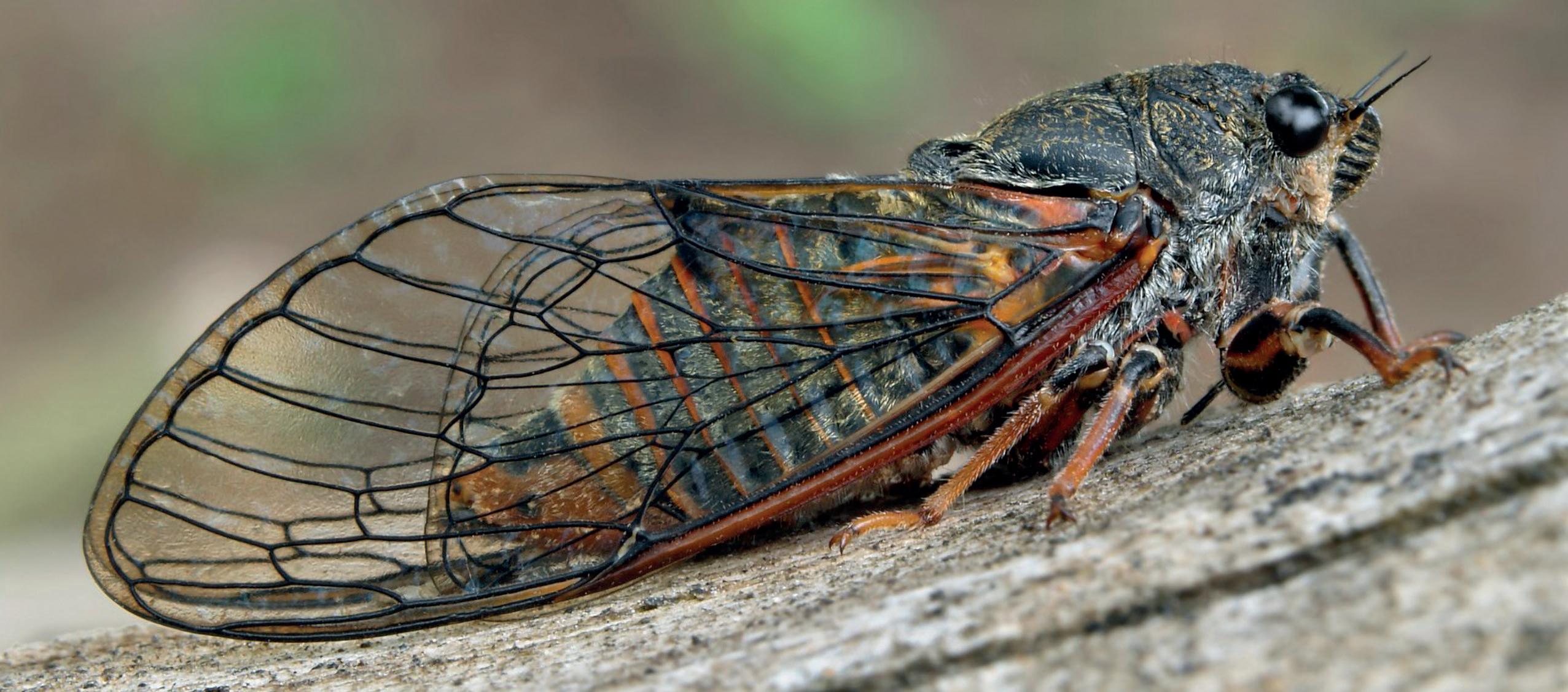 By Karen Wyatt-Epapara
By Karen Wyatt-Epapara
One of Mudeford Magazine’s sister magazines, Viewpoint, recently received an email from Jackie Sherman, from Christchurch, who wrote: “Recently I have been hearing what sounds like a cicada in my garden in Christchurch. Could it be the New Forest cicada?”
I was not aware that there were cicadas in the United Kingdom but, having lived in New Zealand for a number of years where the song of cicadas was the soundtrack to summer, my interest was piqued. Is there such a thing as a New Forest cicada and, if so, why did I not know about them?
It didn’t take me long to find an answer. Yes, there is a native cicada in the UK and it is indeed named after our nearest national park. However, even the most frequent of visitors to the New Forest may never had heard one as they are extremely rare and the last confirmed sighting was in the 1990s. A survey by The Species Recovery Trust in 2018 sadly found no signs.
Not only are they limited in numbers, New Forest cicadas, once hatched, stay mainly high up and out of sight, so their song is one of the most effective ways of finding these elusive insects.
Even then, the pitch of the song is at the limits of human hearing and a struggle for most adults to hear, and only occurs in still
conditions when the temperature is above 20°.
Cicadas have a long lifecycle. Their eggs take between 50 and 125 days to hatch, after which the nymph immediately burrow into the ground. There they spend between six and 10 years, growing and feeding on sap from roots, before emerging to spend their last season in the open. The UK’s largest insect, they can grow up to 3cm in length.
Once above ground, they gravitate to south-facing areas where they can make the most of the sun.
Having only ever been found in the New Forest, there are serious concerns about the cicada’s continued existence. Changes to its habitat and the extreme isolation of remaining populations mean there is a high chance the species is now extinct.
Despite this, there is still hope of finding the New Forest cicada once again. Organisations including The Species Recovery Trust, Buglife, the New Forest National Park and Forestry Commission and Southampton University have all undertaken research to try to find cicadas in the past couple of decades.
Perhaps Jackie’s singing insect is a positive sign. I, for one, would be very happy to see them increase in numbers once again.
Sources: buglife.org.uk; The Species Recovery Trust




Have you ever visited the Sopley Pick Your Own to gather in strawberries during long, warm summer days?
Standing in those peaceful fields during a British summer it’s hard to believe that nearly 80 years ago it was a hive of military activity, the centre of an airfield.
Prior to D-day in 1944 there was an urgent need to build temporary airfields along the south coast to prepare for, and support, the Normandy Invasion.
Advanced Landing Grounds (ALGs) were temporary airfields constructed on farmland during 1943.
ALGs were subsequently constructed in France and Europe as the troops advanced. Four ALGs were built in the New Forest at Bisterne, Lymington, Needs Oar Point and Winkton.
An RAF Airfield Construction Squadron arrived in Winkton in September 1943 to build an ALG. Work was completed by the Americans in March/ April 1944.

For security reasons, the Americans referred to the airfields they used by a coded number instead of location. Winkton ALG was known as Station 414. The runways, taxiways and dispersal were made from
Sommerfeld Matting and pierced steel planks – metal mesh which could be quickly laid over farmland and then easily removed afterwards. Most of the accommodation was in tents hidden amongst the trees but there were five or six blister hangers for maintenance and stores.
In April 1944 the USAAF Ninth Airforce started to arrive with around 1,000 airmen and 75 P-47 Thunderbolt aircraft of the 404th Fighter Group.

Once operational in May 1944 the Group’s three squadrons (506th, 507th and 508th Fighter Squadrons) flew dive-bombing, armed reconnaissance, and bomber escort missions over occupied Europe.
On D-Day (6 June 1944) the group flew four beach protection patrols over the invasion fleet and landing
beaches, the first at dawn, the last in the late evening. They continued to support the troops flying from Winkton until early July 1944 when they moved across the Channel to an ALG in Normandy. Winkton airfield then closed and was returned to agriculture in August 1944. Next time you visit the PYO and farm shop be sure to visit the bakery and read about the Winkton airfield whilst you enjoy their fabulous cakes and pastries. More information, including opening times for the FONFA Heritage Centre, can be found on the FONFA web site at fonfa.co.uk


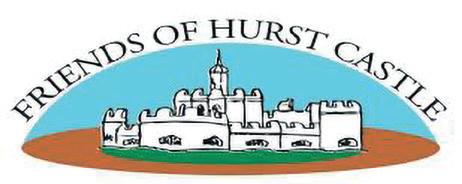 by Tricia Hayne
by Tricia Hayne
A drawbridge across the erstwhile moat guards the entrance to Hurst Castle. Heavy wooden gates greet the visitor. It’s a forbidding entrance, whether to friend or foe.
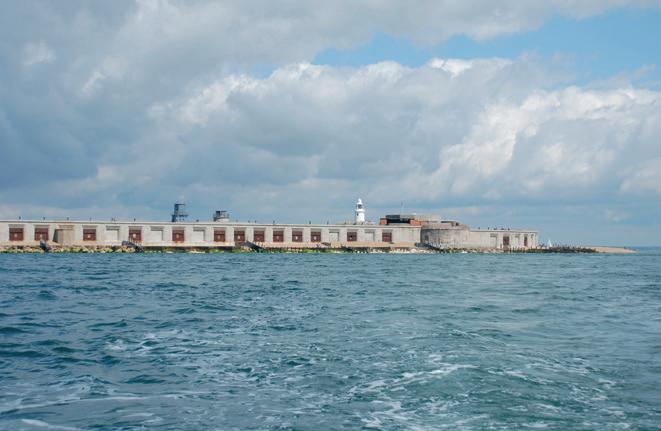
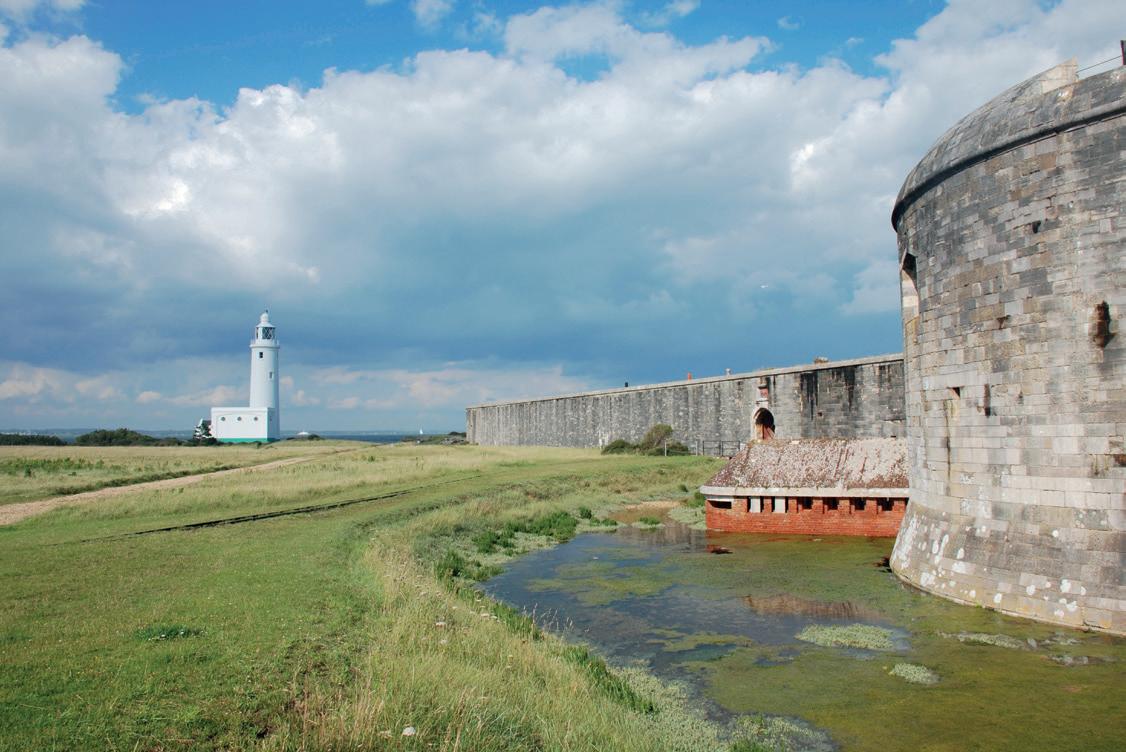
Picture the scene for Charles I as he sailed from the Isle of Wight in December 1648 as a prisoner of Parliamentarian rebels. Having watched with foreboding as the ship approached the castle, he can have been under no illusions as to his welcome from the castle’s captain, a ‘stern’ man with a spear in his hand and a sword by his side.
For 19 days the king was incarcerated within the forbidding walls of the keep, with damp streaming down the walls and light only from a candle. A few weeks later, he was transported to Windsor where he was beheaded for high treason.
Fast forward to the 19th century, when Victorian
builders were brought in to construct the extensive wings that now flank the castle, their walls studded with housing for massive sea-facing guns. With almost no creature comforts, and no fresh water on site, theirs can’t have been an easy life. And as for the garrison soldiers of the World Wars, ‘welcome’ would be the last thing they were expecting in their basic barracks accommodation, wind whistling through every crack and crevice as they kept watch or tried to rest. Today’s visitor has it lucky, with a friendly welcome in the small shop before the drawbridge, plans of the castle on hand and activities for families during school holidays.
Their escape route, by ferry or a bracing walk along the spit, is part of the fun. And as for creature comforts, there’s even cake and ice cream in the café.
The Friends of Hurst Castle help to support the castle, which is now owned by English Heritage. Over the years, our members have been involved with everything from upkeep and displays to guided tours, litter picks and historical research. Why not join us? Members receive a regular newsletter, can take part in events such as our annual fish ’n’ chip cruise, and are entitled to free entry to the castle.
To find out more, please contact membership secretary, Tricia Hayne, on trjhayne@gmail.com


